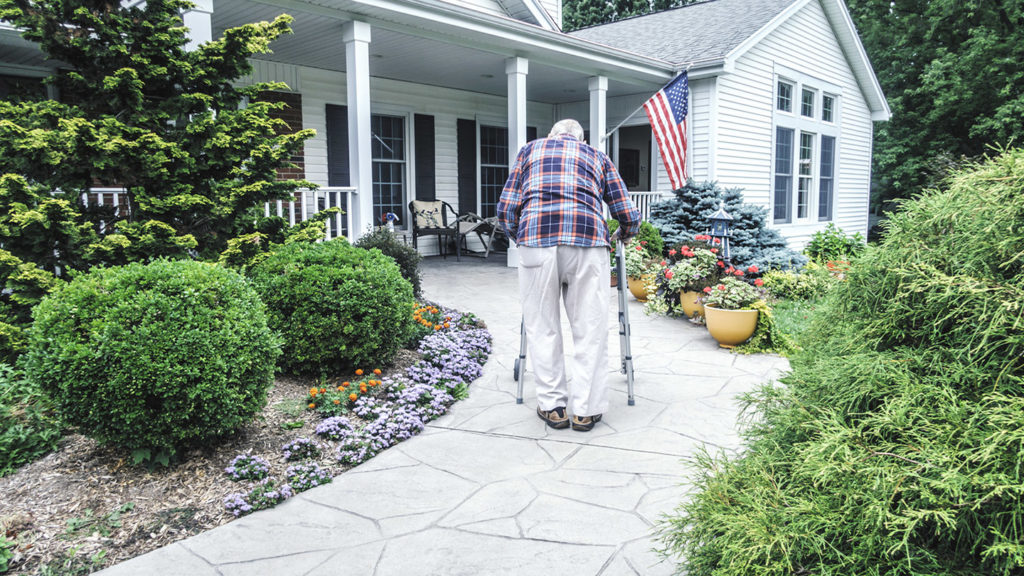
Health monitoring apps have proliferated in recent years as a way to provide objective diagnostics, but one company has put a particular focus on gait biofeedback as a way to aid in physical therapy.
Over the past few months, digital care platform OneStep has been introducing a falls prevention program for hundreds of skilled nursing facilities and senior living communities across the United States.
The latest partnership is a collaboration with Fox Rehabilitation, a physical and speech therapy provider, the company announced Tuesday.
The OneStep tool collects smartphone data on a range of factors, including step length, speed and stance asymmetry, which culminates in an overall fall risk score.
“OneStep is pioneering a proactive approach to care in older adult communities,” OneStep CEO Tomer Shussman said in a statement. “As new residents join facilities, we’re immediately assessing potential hazards and fundamentally transforming healthcare delivery.”
Caregivers have been eager to engage with comprehensive diagnostic tools, which includes walk and gait scores weighted for the senior age group, OneStep Chief Operating Officer Patrick Tarnowski, told the McKnight’s Tech Daily.
“We see high levels of engagement success with clinical partners because of the amount of data we capture with every step,” Tarnowski said. “We built a ‘gait database’ with hundreds of millions of gait cycles. We can look at populations by age, whether they use an assisted device, inside a particular facility; that starts to become very helpful for our provider partners.”
Among older adults, falls are currently the leading cause of injury — and resulting death — in the United States, according to the Centers for Disease Control and Prevention. Despite the proliferation of new tools and programs on falls prevention, falling incidents continue to rise.
Although OneStep’s technology is all smartphone-based, other tools incorporate similar platforms with sensors or other ancillary devices to improve older adults’ mobility challenges.
Recent innovations include InTandem, which pairs smartphones with sensors attached to users’ shoes to sync music with motor movements, or BoundaryCare, a smartwatch-based app that uses geofencing to report to caregivers when a resident has started wandering.


